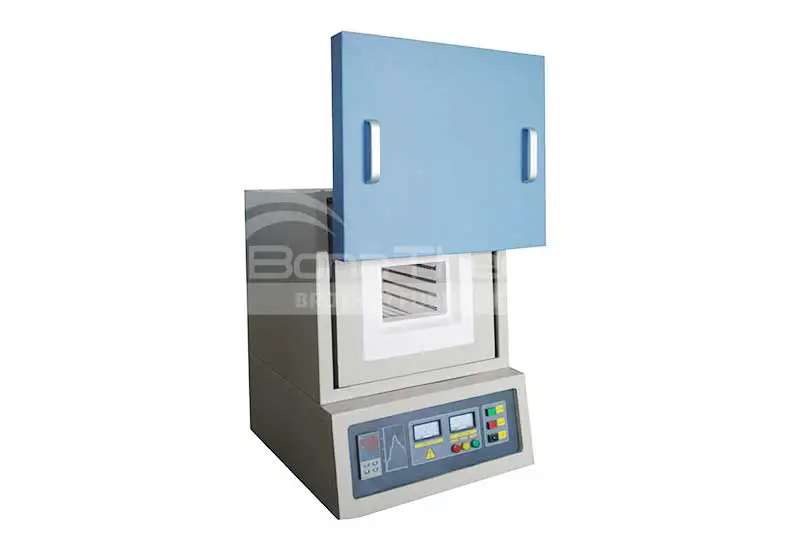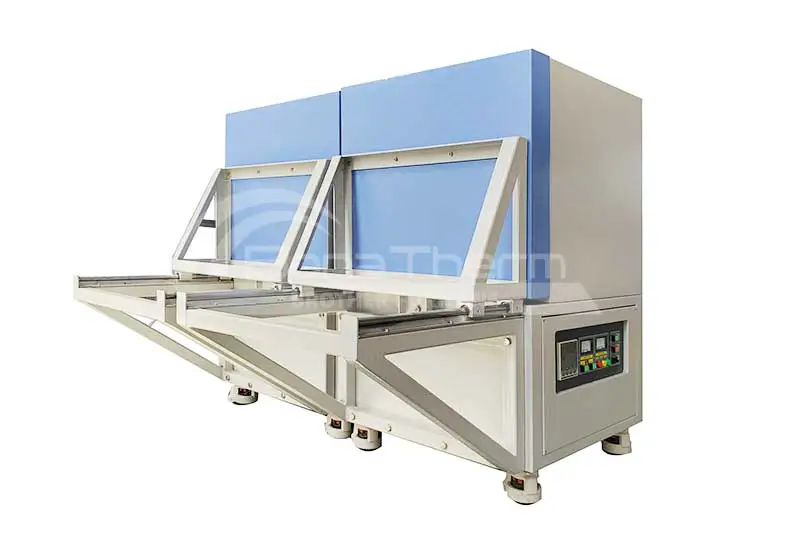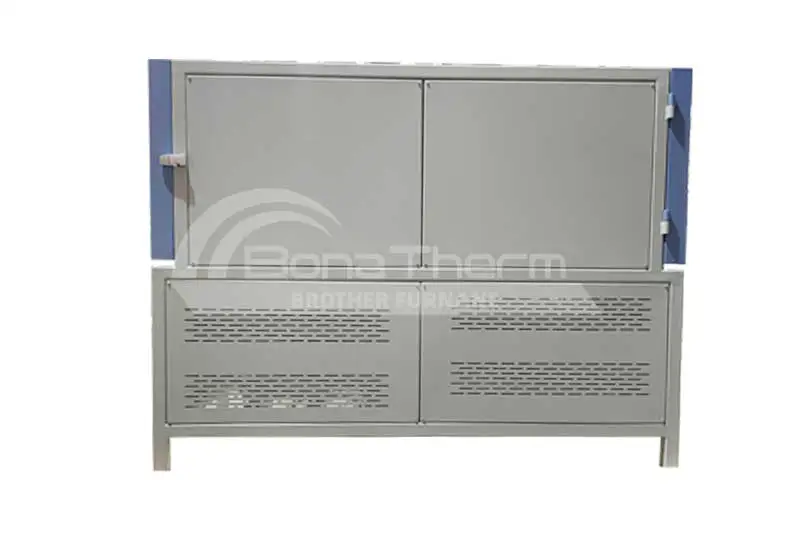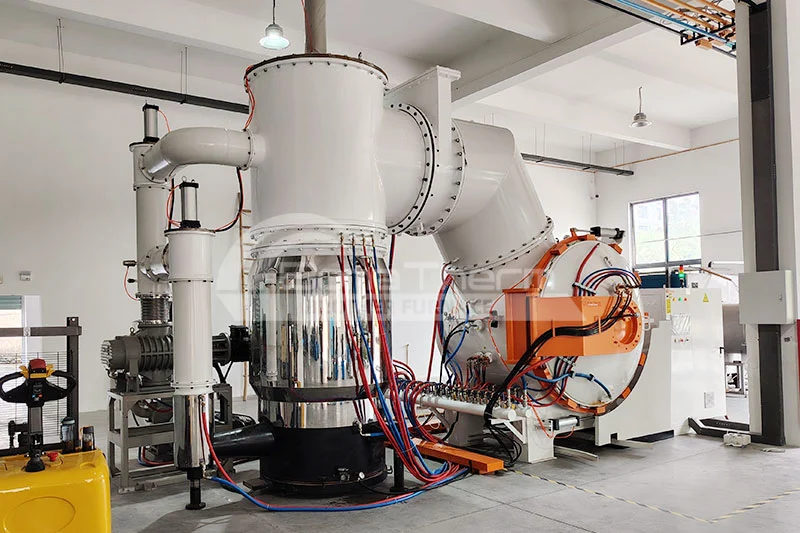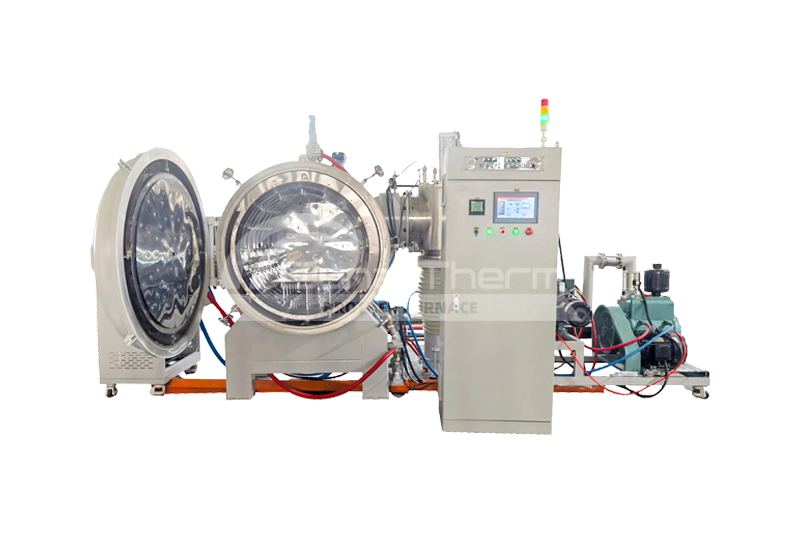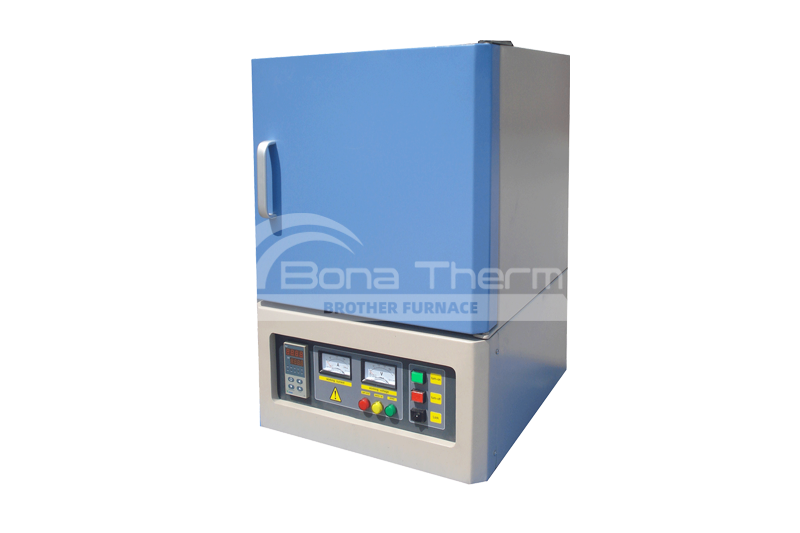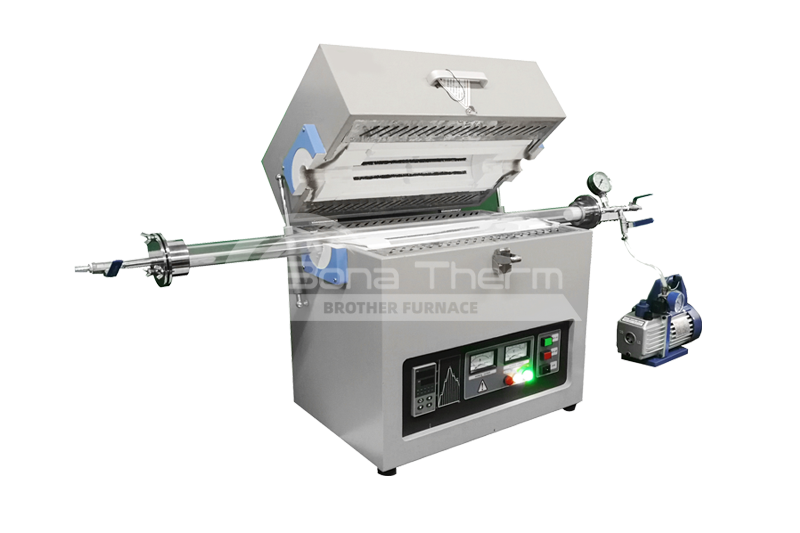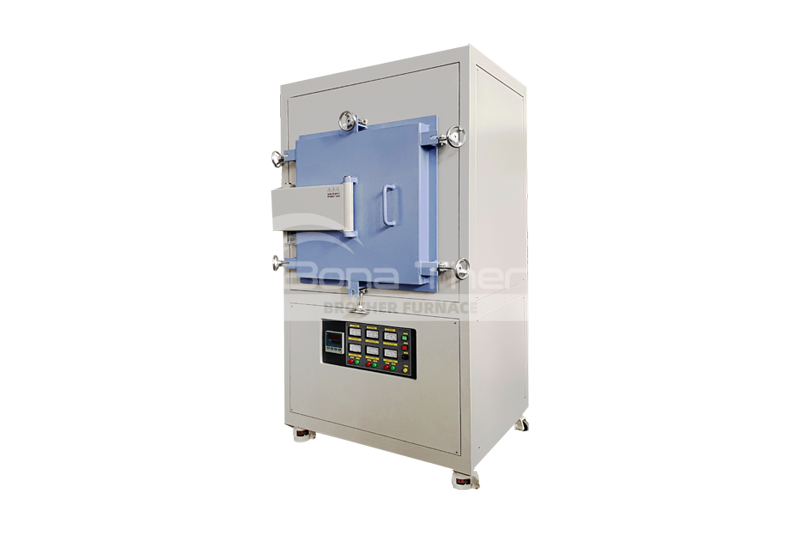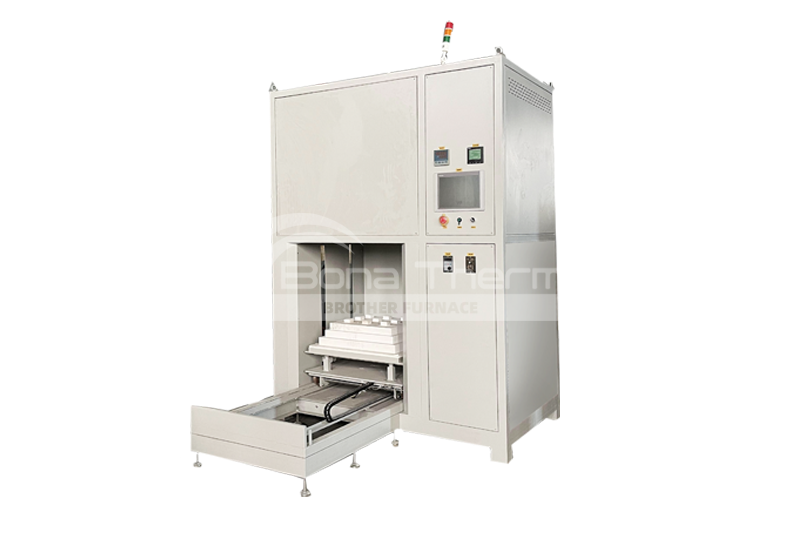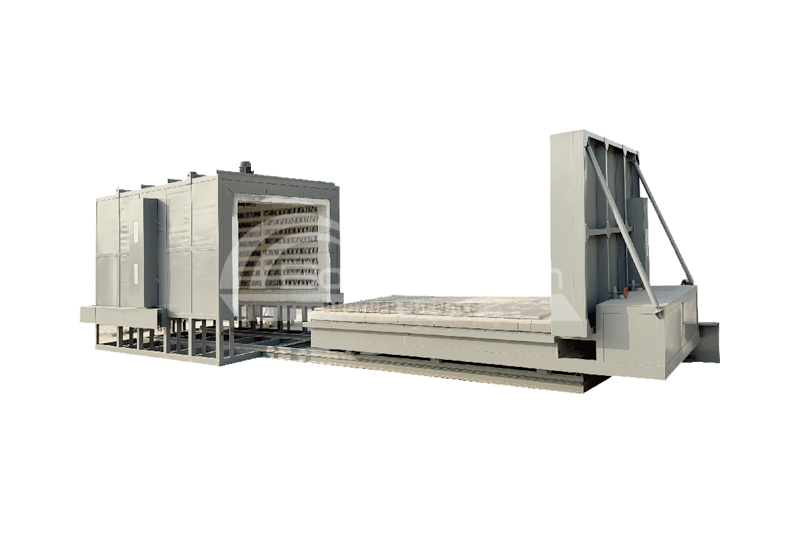Atmosphere Furnace or Vacuum Furnace? Let’s See Their Pros and Cons
 BROTHER FURNACE
BROTHER FURNACE
 2024-02-19 22:45
2024-02-19 22:45
Vacuum furnaces and atmosphere furnaces are very common equipment used for material processing and heat treatment. Are vacuum furnaces and atmosphere furnaces the same? What are their respective characteristics? I believe many users will also have such questions, and I will answer them for you next:
Characteristics of vacuum furnaces and atmosphere furnaces
Vacuum furnace
Air heat treatment technology is a comprehensive technology that combines heat treatment technology and vacuum heat treatment technology. It is all and part of the heat treatment performed under vacuum. process. Our country divides vacuum into four types: low vacuum, medium vacuum, high vacuum and ultra-high vacuum.
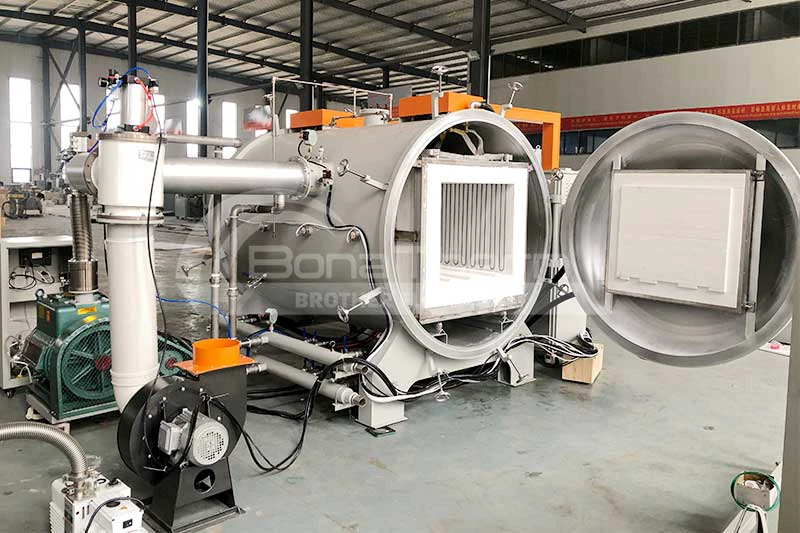
Advantages of vacuum furnace
1.Highly pure processing environment:
Processing under no atmosphere or extremely low pressure conditions to avoid the influence of impurities in the atmosphere, suitable for situations where high purity requirements are required for materials.
2.Fast processing speed:
Since there is no need to wait for atmosphere adjustment, it usually has a faster processing speed.
3.Strong controllability:
the processing process is easier to control and is not affected by the atmosphere.
Disadvantages of vacuum furnace
1.High equipment costs:
usually higher than atmosphere furnaces.
2.High operating costs:
more energy is required to maintain the vacuum.
3.Limited application:
higher material requirements, some special materials may not be suitable for processing under vacuum conditions.
Atmosphere furnace
Atmosphere furnace, is also called box-type atmosphere furnace, has multiple functions. It can pass in hydrogen, argon, nitrogen, oxygen, carbon monoxide, ammonia decomposition gas and other gases, and can use a vacuum pump to pre-evacuate the gas in the furnace. . This kind of furnace has the advantages of balanced temperature field, low surface temperature, fast heating and cooling speed, and energy saving. Therefore, it is widely used in universities, scientific research institutes, and industrial and mining enterprises for atmosphere protection sintering and atmosphere reduction. It is an ideal processing equipment.
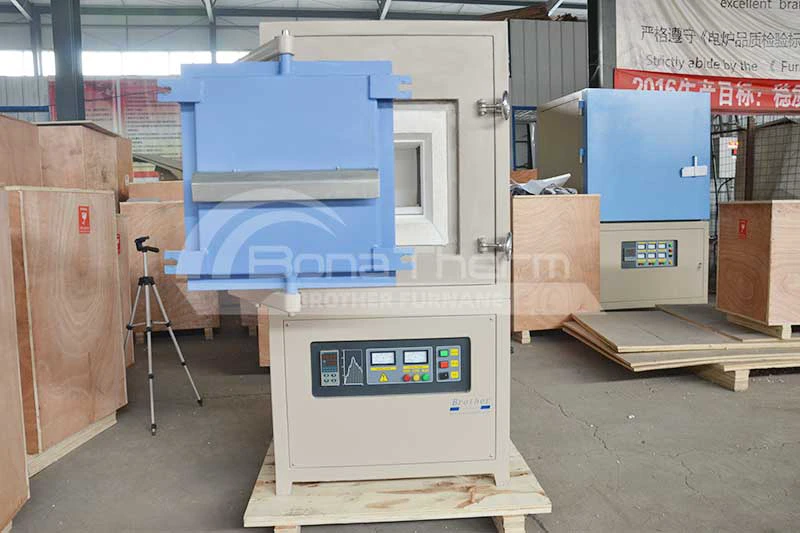
Advantages of atmosphere furnace
1. Strong environmental control capability:
By adjusting the atmosphere components, such as nitrogen, hydrogen, argon, etc., different processing environments can be achieved, such as oxidation, reduction, etc.
2. Lower cost:
Compared with vacuum furnaces, atmosphere furnaces generally have lower equipment costs and operating costs.
3. Wide range of application:
suitable for processing various materials such as metals and ceramics.
Disadvantages of atmosphere furnace
1. Impurities in the atmosphere:
During processing, impurities in the atmosphere may affect the material, and the atmosphere needs to be accurately controlled.
2. Long processing cycle:
Due to the need to control the atmosphere, the processing cycle may be long during the heating and cooling process.
Choose vacuum furnace or atmosphere furnace?
Choosing between a vacuum furnace and an atmosphere furnace requires a comprehensive consideration of multiple factors, including processing needs, material properties, and budget constraints. Here are some points to consider:
Material properties
If the materials being processed are very sensitive to oxides or other impurities in the atmosphere, a vacuum furnace may be more suitable because vacuum furnaces provide a highly pure processing environment.
If the materials being processed require a specific atmosphere, such as a reducing atmosphere or a chemical reaction in a specific atmosphere, an atmosphere furnace may be more suitable.
Processing requirements
If fast processing speeds and precise temperature control are required, vacuum furnaces may be more suitable, as they generally have faster processing speeds and easier-to-control processes.
If the process requires specific atmosphere pressure, composition, or atmosphere circulation, an atmosphere furnace may be more suitable.
Application areas
Different industries and application areas may have different needs and preferences for atmosphere and vacuum furnaces. The specific application area needs to be taken into consideration to determine the most suitable processing equipment.

